The Ultimate Guide To Companion Planting String Beans
The Ultimate Guide to Companion Planting String Beans
String beans are a delicious and versatile vegetable that can be grown in a variety of climates. They are also relatively easy to care for, making them a great choice for beginner gardeners.
One way to improve your chances of success when growing string beans is to practice companion planting. Companion planting is the practice of planting certain types of plants together in order to benefit each other. There are many different companion plants that can be beneficial to string beans, but some of the best include:
- Basil: Basil is a classic companion plant for string beans. It helps to repel pests such as aphids and beetles, and it also improves the flavor of the beans.
- Carrots: Carrots help to suppress the growth of harmful nematodes, which can damage string bean roots.
- Cucumbers: Cucumbers and string beans are both vining plants, so they can be grown together to save space in the garden. They also help to attract beneficial insects, such as ladybugs and hoverflies, which prey on pests.
- Eggplant: Eggplant helps to repel the Colorado potato beetle, which is a common pest of string beans.
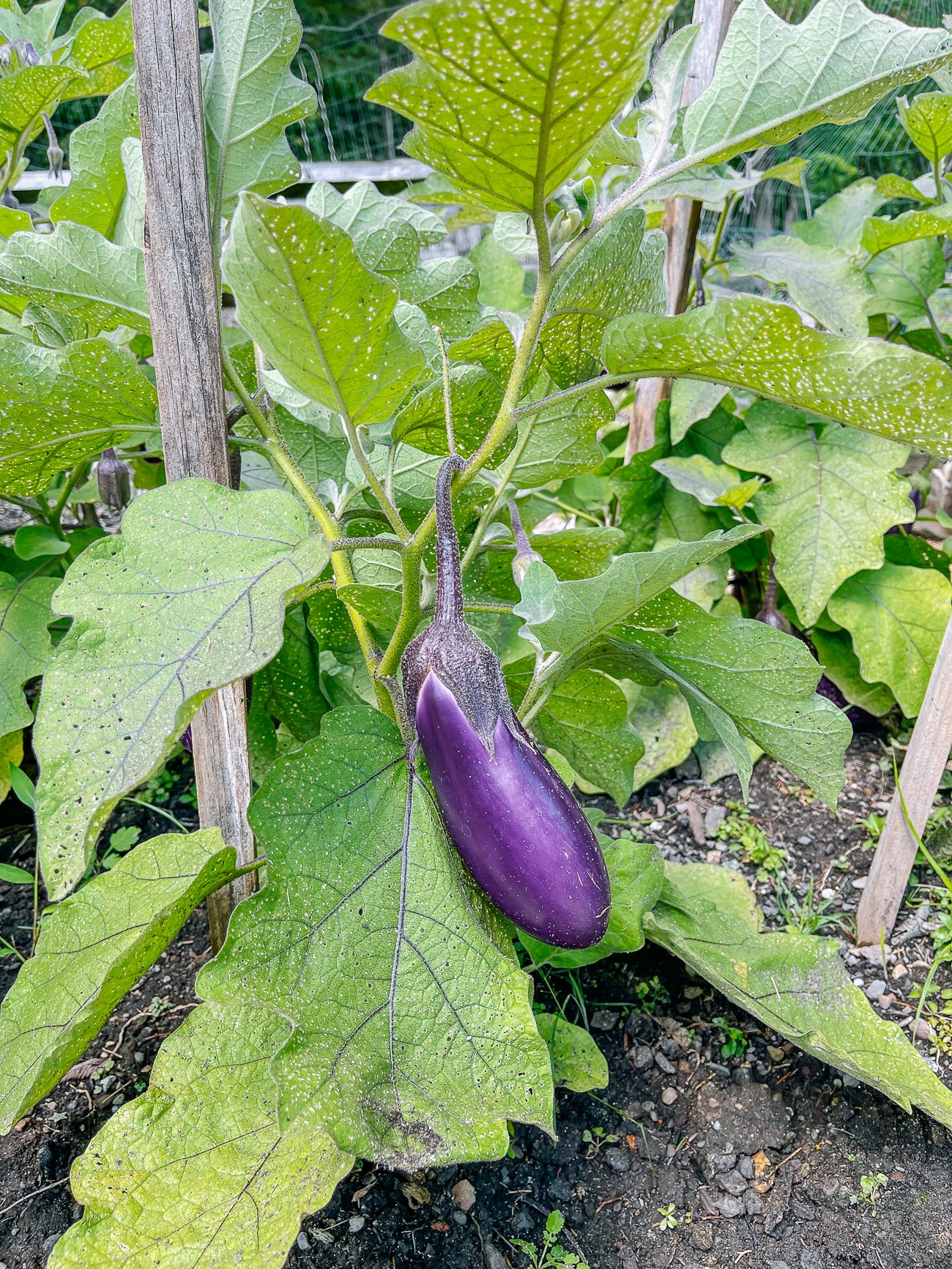
- Melons: Melons and string beans can be planted together to create a mutually beneficial relationship. The melons provide shade for the string beans, which helps to protect them from the hot sun. The string beans, in turn, help to suppress the growth of weeds.
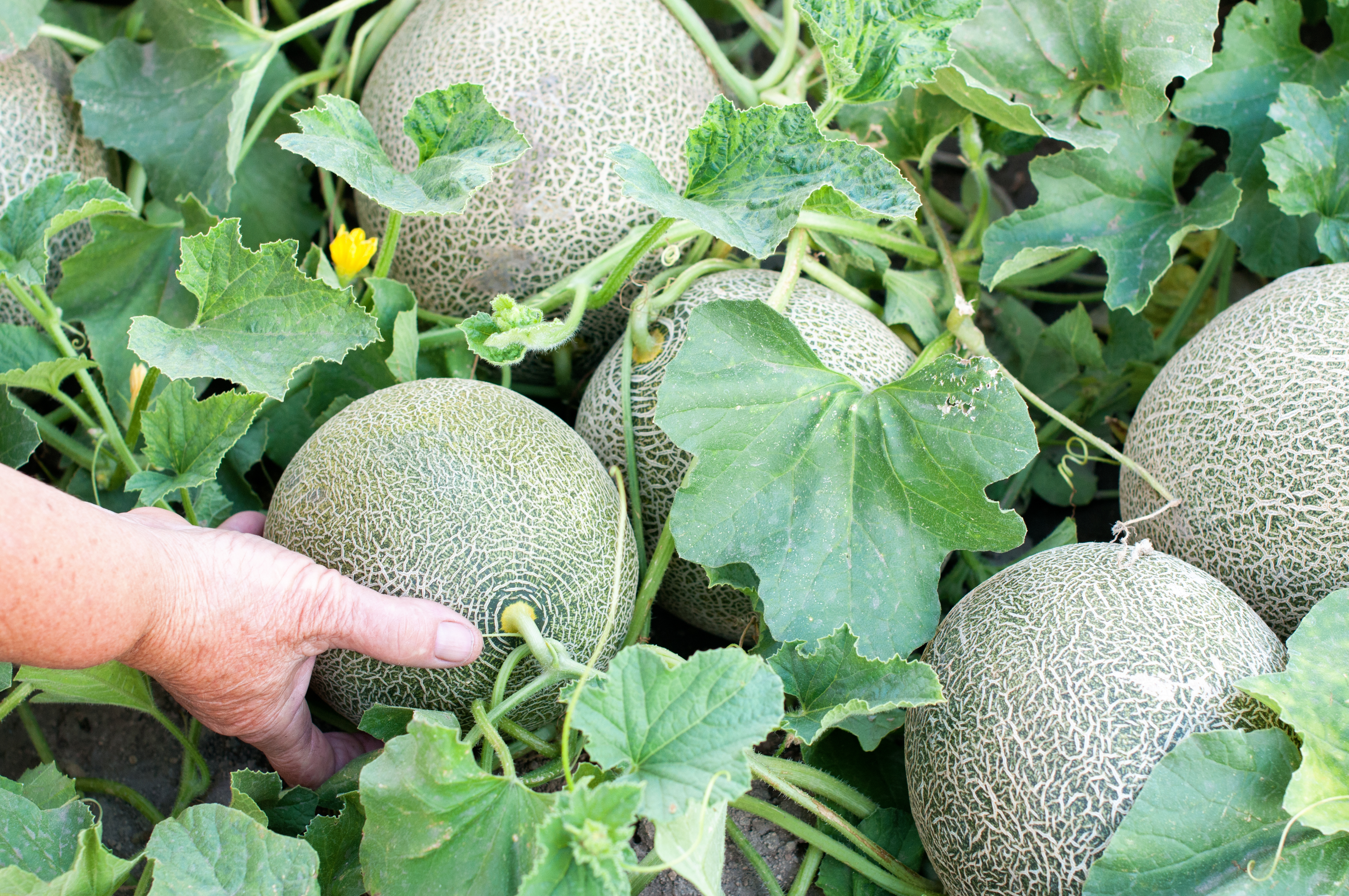
- Peas: Peas and string beans are both legumes, which means that they fix nitrogen in the soil. This can help to improve the fertility of the soil and make it easier for other plants to grow.
- Potatoes: Potatoes and string beans can be planted together to help protect each other from pests. The potatoes can help to repel the Colorado potato beetle, which is a common pest of string beans. The string beans, in turn, can help to deter aphids and other pests from the potatoes.

- Spinach: Spinach is a good companion plant for string beans because it helps to suppress the growth of weeds. It also attracts beneficial insects, such as ladybugs and hoverflies, which prey on pests.
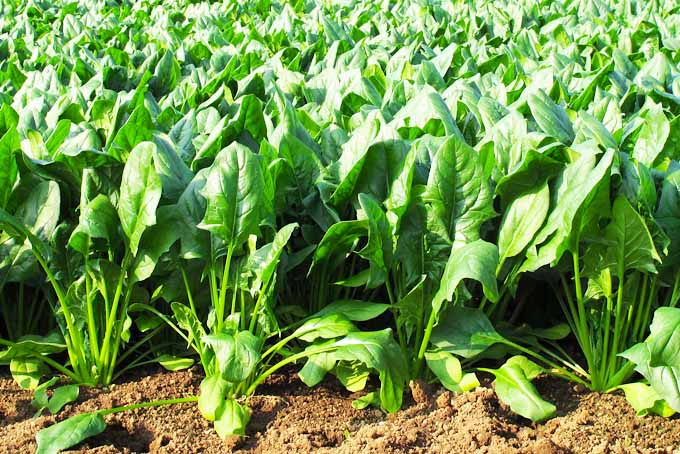
- Tomatoes: Tomatoes and string beans can be planted together to help improve the flavor of both vegetables. The tomatoes release a chemical that helps to sweeten the string beans, and the string beans help to suppress the growth of harmful fungi.
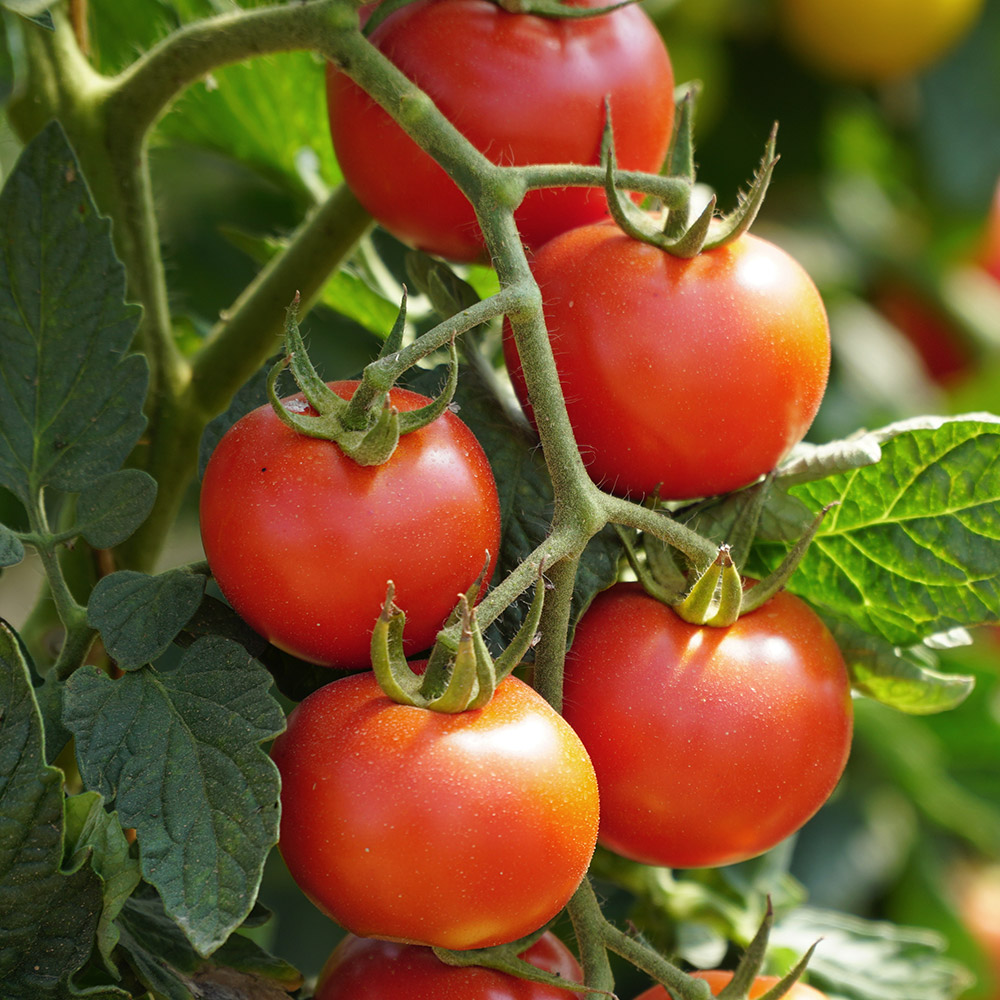
In addition to these plants, there are many other companion plants that can be beneficial to string beans. Some other good options include broccoli, Brussels sprouts, cabbage, celery, kale, marigolds, nasturtiums, and rosemary.
When choosing companion plants for string beans, it is important to consider the plants' needs and requirements. For example, some plants prefer full sun, while others prefer partial shade. Some plants are heavy feeders, while others are more drought tolerant. It is also important to consider the size of the plants. Some plants, such as tomatoes and corn, can grow quite large, so they should not be planted too close together.
By carefully considering the plants that you choose to grow together, you can create a healthy and productive garden. Companion planting is a great way to improve the growth and yield of your vegetables, and it can also help to deter pests and diseases.
String beans are a delicious and versatile vegetable that can be grown in many different climates. They are relatively easy to care for, but they can benefit from being planted near certain companion plants. Some good companion plants for string beans include:
- Basil: Basil is a natural pest repellent and can help to keep away insects such as aphids and mosquitoes. It also adds a delicious flavor to string beans when they are cooked together.
- Cucumbers: Cucumbers and string beans have similar growing requirements and can help to shade each other from the sun. They also attract beneficial insects, such as ladybugs, which help to control pests.
- Corn: Corn provides support for pole beans to climb, and the two plants can help to improve each other's growth. Corn also attracts pollinators, which are essential for beans to produce fruit.
- Marigolds: Marigolds are another natural pest repellent and can help to keep away beetles, aphids, and other insects that can damage string beans. They also add a splash of color to the garden.
For more information about string beans companion plants, please visit Gardenia Inspiration. This website provides a comprehensive list of companion plants for string beans, as well as information on the benefits of companion planting.
FAQ of string beans companion plants
Q: What are some good companion plants for string beans?
A: String beans can be planted with a variety of other plants, but some of the best companions include:
- Corn: Corn provides a trellis for pole beans to climb, and the beans in turn help to fix nitrogen in the soil, which benefits the corn.
- Carrots: Carrots help to repel pests that can damage string beans, such as aphids and cabbage worms.
- Cucumbers: Cucumbers and string beans have similar growing requirements, and they can help to shade each other from the sun.
- Lettuce: Lettuce helps to suppress weeds, and it also provides a source of shade for string beans in hot weather.
- Peas: Peas and string beans are both legumes, which means that they fix nitrogen in the soil. Planting them together can help to improve the fertility of the soil for both plants.
Q: What are some plants that should not be planted near string beans?
A: There are a few plants that should not be planted near string beans, including:
- Onions: Onions can repel beneficial insects that are helpful to string beans, such as ladybugs and lacewings.
- Potatoes: Potatoes can attract the same pests that damage string beans, such as potato beetles and wireworms.
- Tomatoes: Tomatoes and string beans can compete for nutrients and water, and they can also be susceptible to the same diseases.
- Fennel: Fennel can release chemicals that can stunt the growth of string beans.
- Herbicides: If you have used herbicides in your garden in the past, it is important to avoid planting string beans in that area for at least two years. The herbicides can remain in the soil and damage the string beans.
Q: How far apart should string beans be planted?
A: The spacing requirements for string beans vary depending on the variety. Bush beans should be spaced 2-3 inches apart, while pole beans should be spaced 4-6 inches apart. If you are planting more than one row of string beans, be sure to leave 2-3 feet of space between rows.
Q: How long does it take for string beans to start producing?
A: The time it takes for string beans to start producing depends on the variety. Some varieties can start producing in as little as 6 weeks, while others may take up to 8 weeks. Once the plants start producing, you can harvest the beans every few days.
Q: How can I prevent pests and diseases from damaging my string beans?
A: There are a number of things you can do to prevent pests and diseases from damaging your string beans, including:
- Plant resistant varieties.
- Plant companion plants that can help to repel pests.
- Water your plants regularly.
- Fertilize your plants according to the package directions.
- Inspect your plants regularly for signs of pests or diseases.
- If you do find pests or diseases, treat them promptly.
Image of string beans companion plants
- Carrots: Carrots help to repel pests that can damage string beans, such as aphids and cabbage loopers.
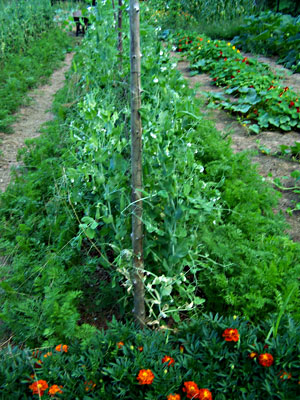
- Cabbage: Cabbage and string beans are both nitrogen-fixing plants, which means they can help to improve the soil quality for each other.
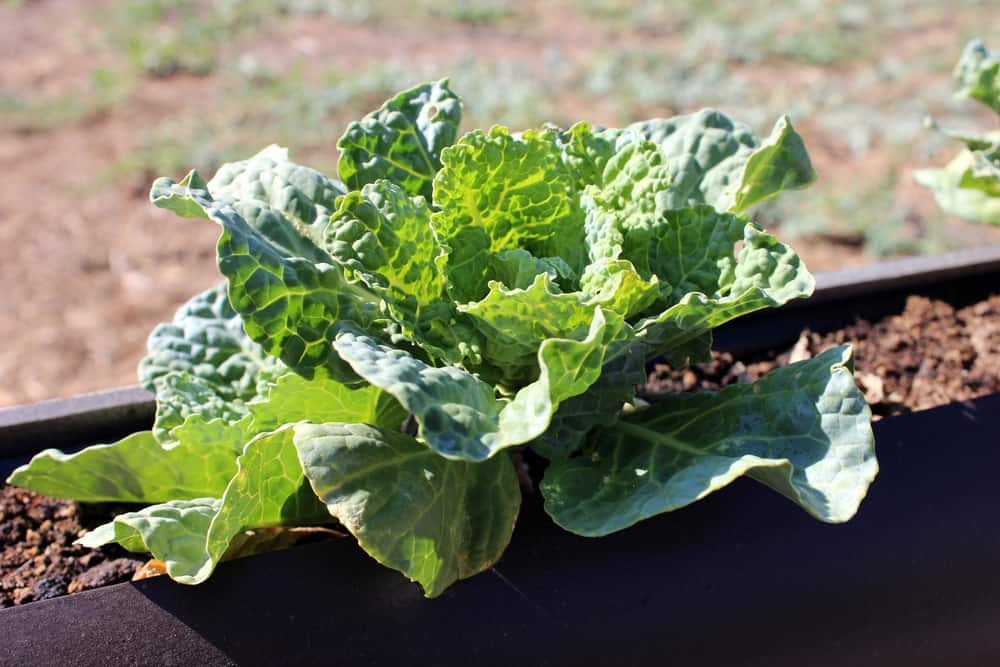
- Celery: Celery helps to deter pests from string beans, such as cucumber beetles and spider mites.
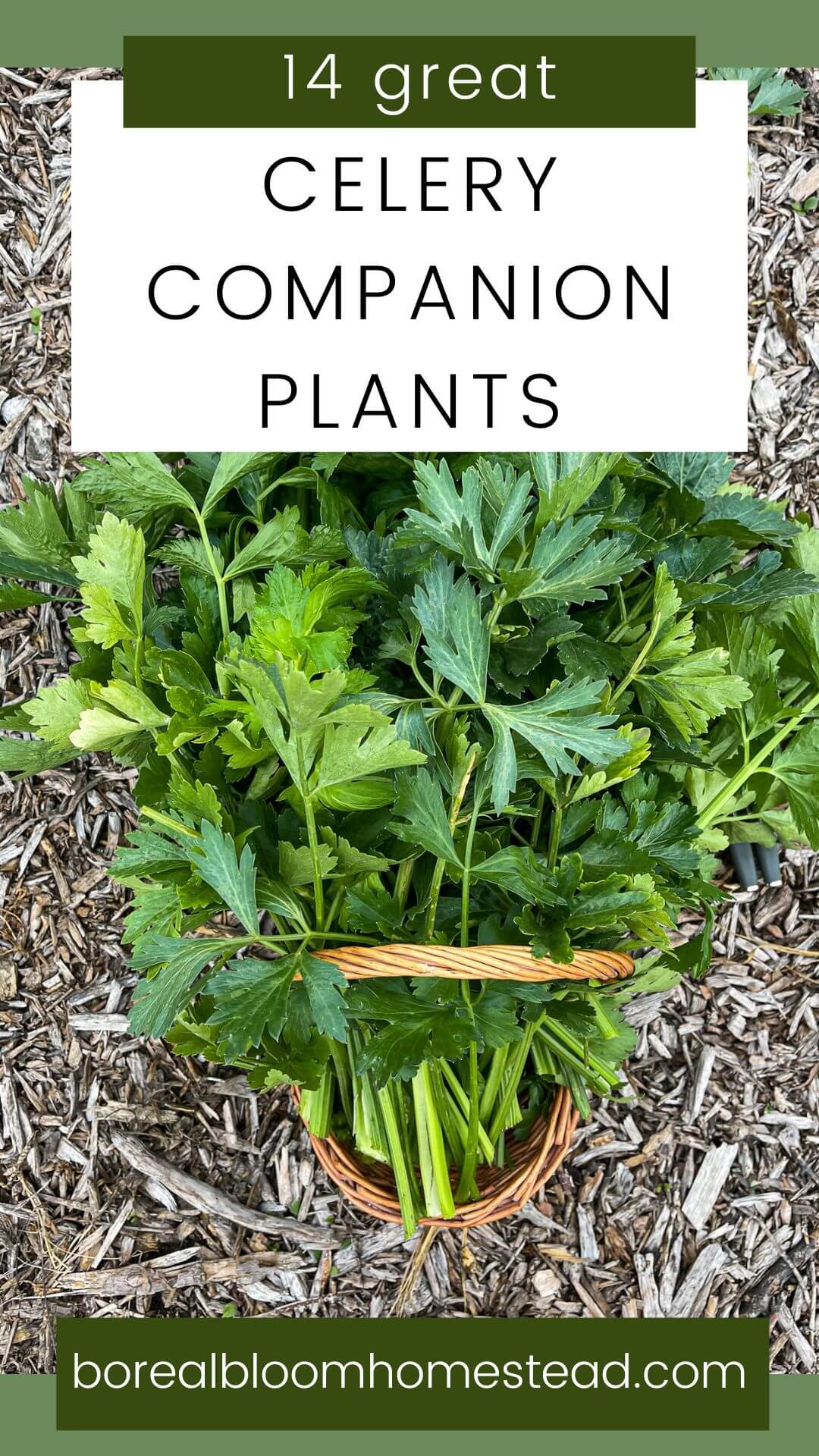
- Kale: Kale can help to attract beneficial insects to the garden, which can help to protect string beans from pests.
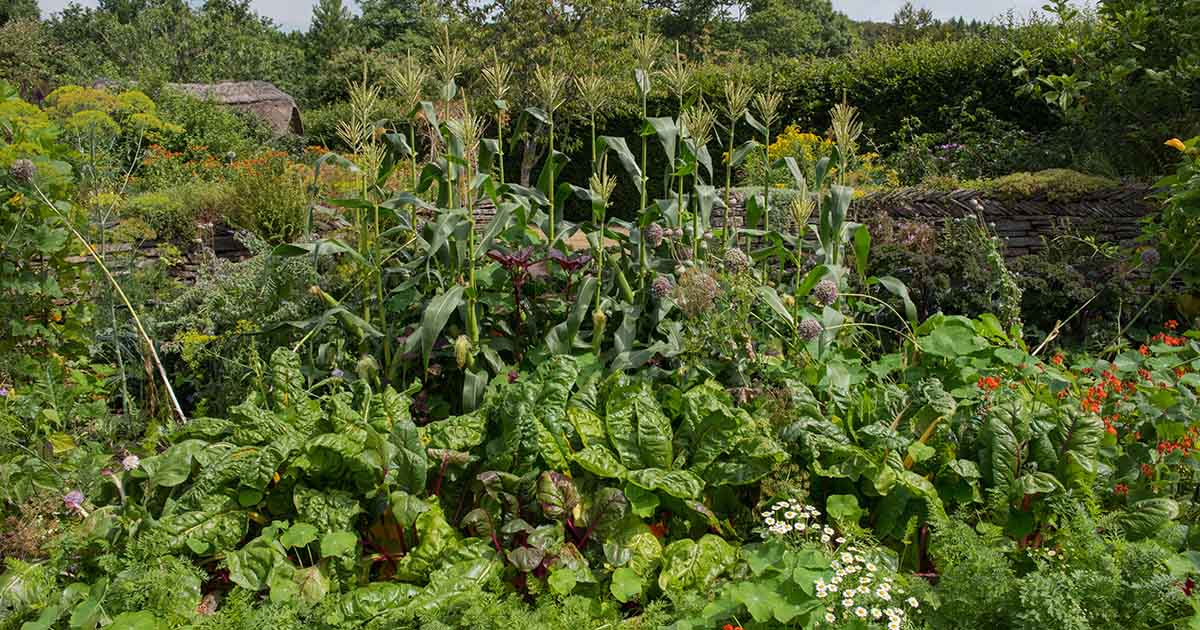
- Strawberries: Strawberries can help to repel nematodes, which are microscopic worms that can damage string bean roots.
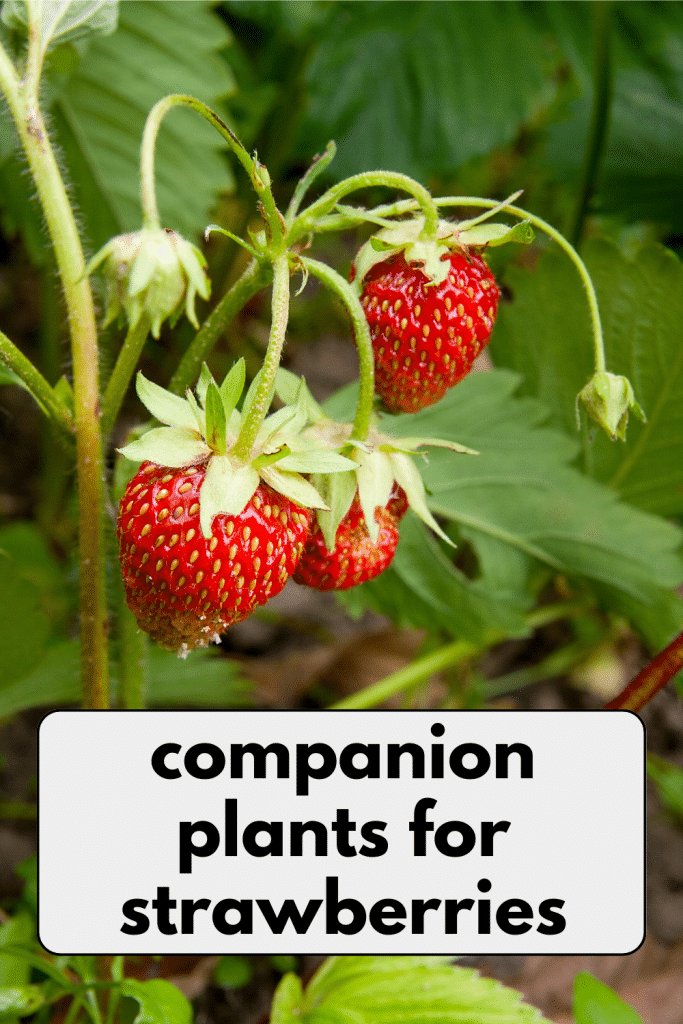
Post a Comment for "The Ultimate Guide To Companion Planting String Beans"